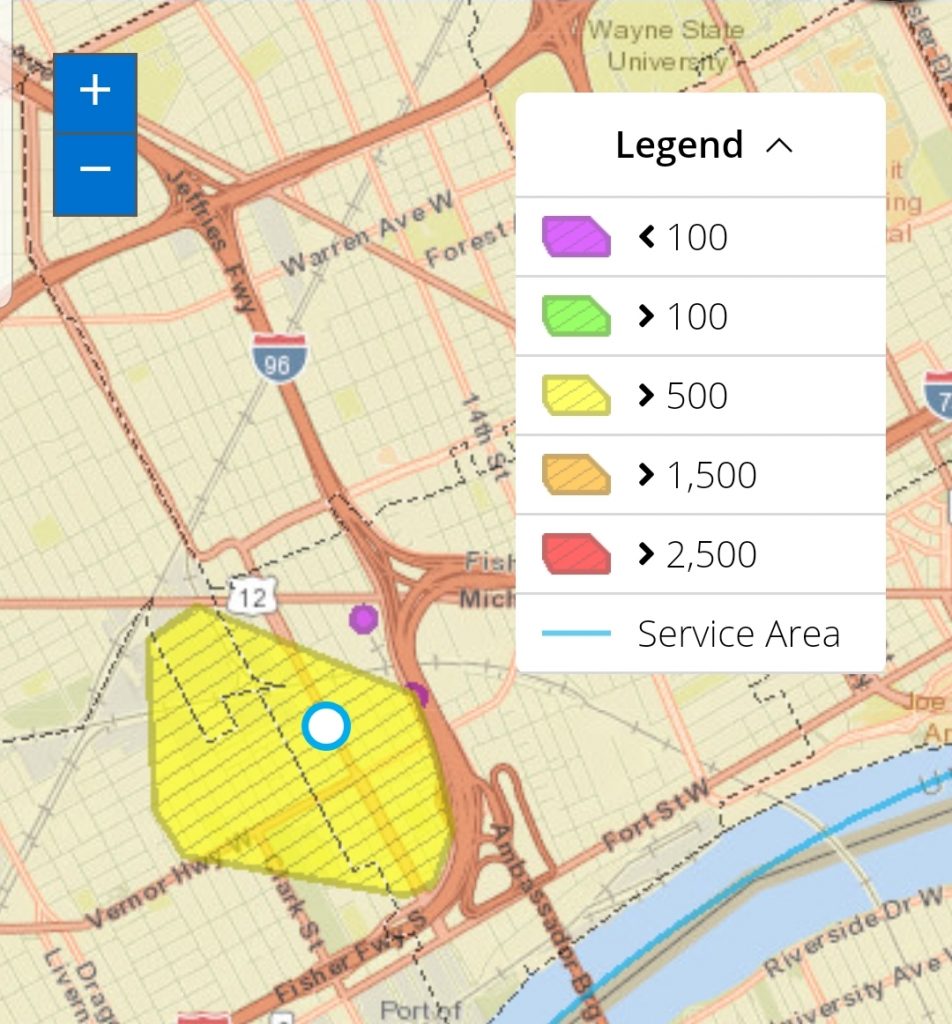A Literal Train Wreck Makes A Case For Resilient Infrastructure
A train derailment yesterday morning in Southwest Detroit knocked down a power line, leaving about a thousand residential and commercial DTE Energy customers without electricity and internet for about eight hours. It is unclear what caused the derailment of the Canadian National train, which included several autoracks (the train cars that carry car-cars, a.k.a., car-ception). While it was initially reported that the train was carrying hazardous materials, CN said in a prepared statement that four empty cars contained only “residual traces of liquid asphalt.” CN said there were no injuries, thanked first responders, and, in characteristically Canadian deference, apologized for the inconvenience.
This incident is useful in understanding the current state— and possible future- of our nation’s deteriorating and outdated infrastructure. Our current infrastructure is only minimally fault-tolerant and is utterly susceptible to the threats of increasingly severe weather or other disruptions.
Like, you know, trains running off the tracks and wrecking your stuff.
This is typically a matter of how infrastructure is physically built. Note in the above picture that these utility poles appear pretty spindly. They’re also made out of wood. Utility poles as they exist today are virtually the same as they were first conceived to carry telegraph wires more than a century and a half ago. It’s frankly an outdated techology. Worse, a lot of these poles are coated with creosote for added longevity and insect resistance. Creosote is highly toxic and also super flammable.
By DTE’s own estimates, 62% of its own outages are “caused” by weather. I put quotation marks there because this is based on the assumption that these outages are unavoidable. They’re not unavoidable if infrastructure is built to withstand— or bypass- these dangers. Increasing resilience has been an important rallying point in recent years as part of the climate change discussion. I’ve examined this issue before, noting that spending to mitigate and adapt to climate change is far cheaper than doing nothing about it.

In 2003, Florida’s Public Service Commission noted that only 1.3% of its total lines were underground. The PSC estimated the cost of undergrounding all distribution and feeder lines at just shy of $100 billion. Funding this from ratepayers, the PSC said in the report, would more or less double utility costs per kilowatt hour. (Florida is an electric-heavy state given the high cooling load since it’s a very warm climate).
But hurricane damages in 2004, one of the most costly years ever, exceeded $42 billion. Hurricane Harvey cost nearly three times more. A significant portion of this is damage to public infrastructure. Recent estimates from California-based PG&E suggest that undergrounding could cost up to $5 million per mile. The cost is probably much lower if this work is done concurrently with things like street or sewer replacement, which itself makes the case for better integrating long-term infrastructure planning.
Since streets are maintained by cities and investor-owned utilities operate in a grey area– usually having a legal monopoly but being required to maintain certain infrastructure at a certain level of reliability- this is no small feat. But even without climate change intensifying weather and storms, it’s worth it for the sake of saving trillions of dollars from cash-strapped governments over the otherwise long lifespan of built infrastructure.
DTE declined to provide more granular detail on why knocking out this one power line caused a neighborhood-wide outage. But that such a large outage is possible from knocking out one single power line seems to be cause for concern, especially given the possibility of increasingly severe weather events. Seems as though there could be multiple points to connect the Hubbard Farms power grid with the outside world than this one connection on Scotten St. Or perhaps battery backups. Or solar panels. Or, you know, any number of things.
(The Florida PSC and Comcast did not respond to requests for comment.)


